This website uses cookies so that we can provide you with the best user experience possible. Cookie information is stored in your browser and performs functions such as recognising you when you return to our website and helping our team to understand which sections of the website you find most interesting and useful.
Inside the ever-expanding world of expedition yachts
By Rory FH Smith | 3 March 2021 | Cars & Yachts, Lifestyle, Sport, Travel, Wealth
These hardy machines have become the ultimate accessory for the new age explorer elite
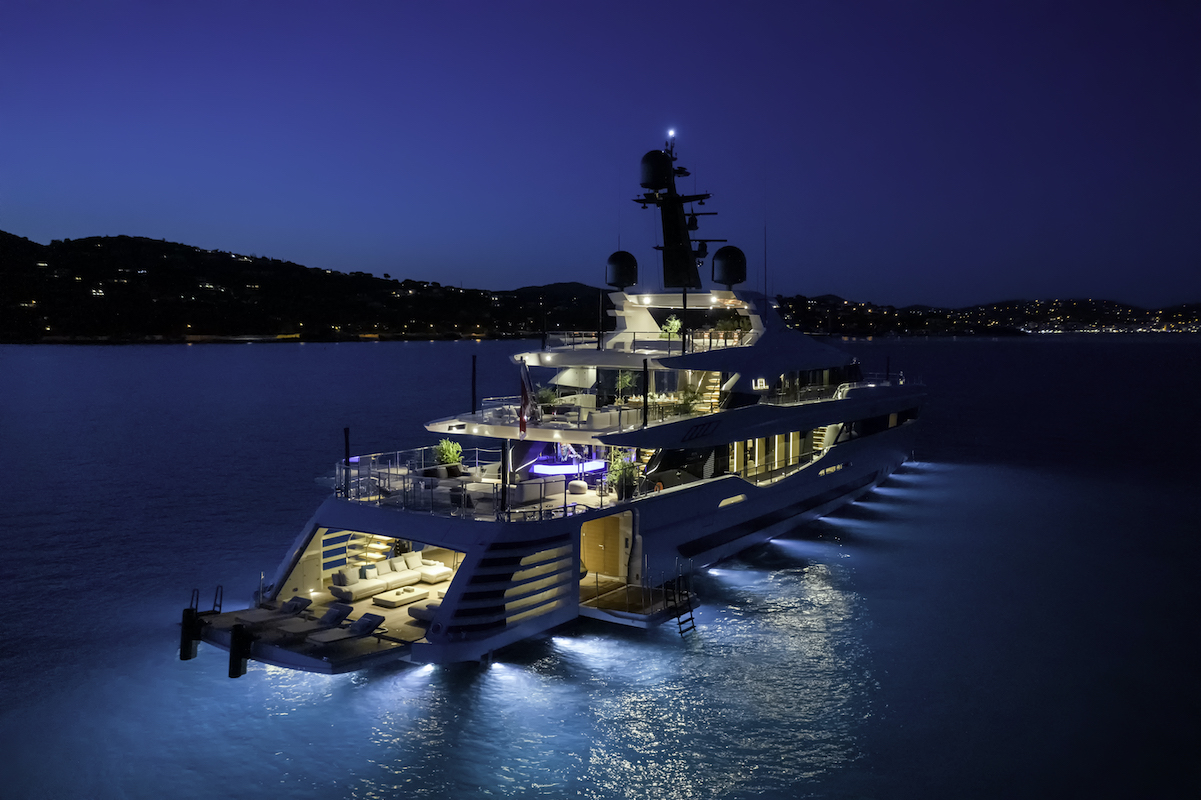
When Ferdinand Magellan set sail from Spain on the first expedition to circumnavigate the world on 20 September 1519, he did so in bleak surroundings. His fleet consisted of five vessels, carrying supplies for two years of travel and roughly 270 crewmembers. On his journey, Magellan encountered storms, murderous mutinies and a crew that hated him from the outset.
In fact, the expedition got so rough, Magellan was killed by a poison arrow during a battle with natives in the Philippines. After his death, his last remaining ship continued and eventually returned to Spain in 1522. After three years, 60,000 miles and the death of 80% of those involved, Magellan’s expedition had proved the globe could be circumnavigated. All things considered, Magellan’s voyage was bold, brutal and bonkers but, ultimately, it was successful in what it set out to achieve. Despite his death, the Portuguese-Spanish explorer had opened the door to European colonisation – but also set a precedent for extreme global exploration that would inspire countless adventurers for the next five centuries.
Now, more than 500 years on from that fateful expedition, it seems the appetite for exploration is just as strong, albeit in slightly more comfortable surroundings. Despite global lockdowns rendering the idea of accessing far-flung corners of the world almost impossible, for a handful of the world’s most affluent, the pandemic has provided the perfect opportunity to kickstart their personal exploration ambitions.
According to a study by Boat International, the number of privately commissioned yachts measuring in at over 100m has continuously risen since 2018. Last year, 23 orders were placed for similar vessels, up from 21 in 2019 and 18 in 2018. With many capable of undertaking expeditions to the most inhospitable corners of the planet, industry experts believe the rise in demand for explorer yachts is down to a combination of factors, ranging from technological developments and the desire to experience something different to the renewed interest in science and sustainability. »
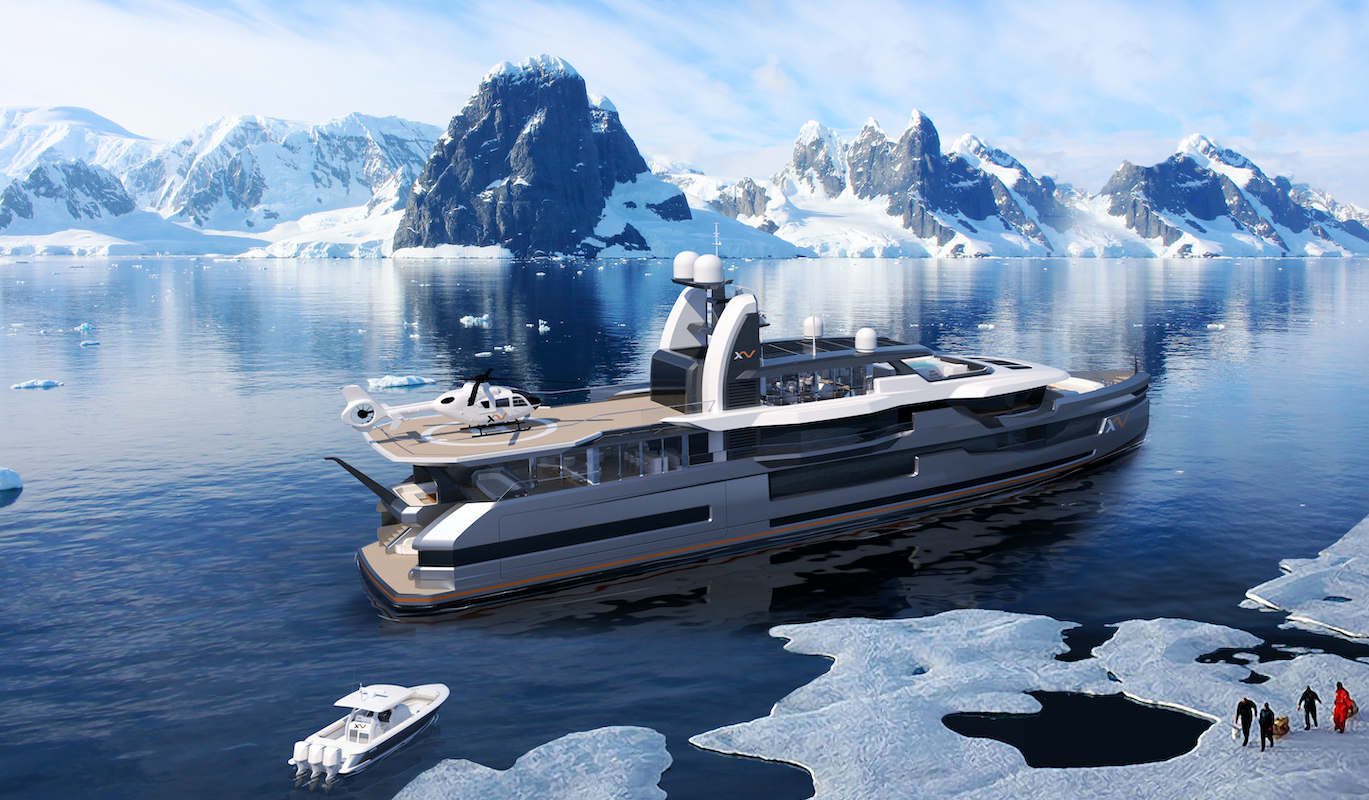
FREEDOM TO EXPLORE
“Yachting is always evolving,” says Ivan Salas Jefferson, a naval architect who founded design, architecture and project management firm Iddes Yachts. “Traditionally, sailing in the Mediterranean and Caribbean was evolving alongside rapidly accelerating technological progress,” he told superyachts.com.
The combination has led to more travel to increasingly remote destinations for pleasure but also for other reasons. “Superyachts can also be the base to embark on deep ocean or diving expeditions, or become a portable heliport to reach even more remote areas, or support scientific programs, promote innovation and the integration of technologies,” he adds. From deep ocean exploration to an ice breaker and a floating laboratory, if recent years have revealed anything in the marine industry, it’s that yachts are capable of far more than just dipping in and out of Mediterranean ports.
“Interest in expedition or explorer yachts is definitely on the rise. The people buying these boats are serious adventurers who want to sail to far flung locations and remote destinations like the Antarctic that most people generally don’t go to,” says Heesen Yachts CMO Mark Cavendish. “We added an explorer model to Heesen’s range a couple of years ago, with a helicopter facility and lots of added toys, and they have enormous interior volume. Our 57m explorer boat, XVenture by Winch Design, is 1,300 gross tonnes – for comparison, our 70m Galactica Supernova is less at 1,200 gross tonnes. Explorers tend to fall into two categories. You have the ‘rough around the edges’ models, which are more of a fishing boat conversion type of explorer, built by a commercial shipyard with an unpainted hull. Heesen doesn’t do that, our version is a luxury yacht with the capabilities of a traditional explorer boat.”
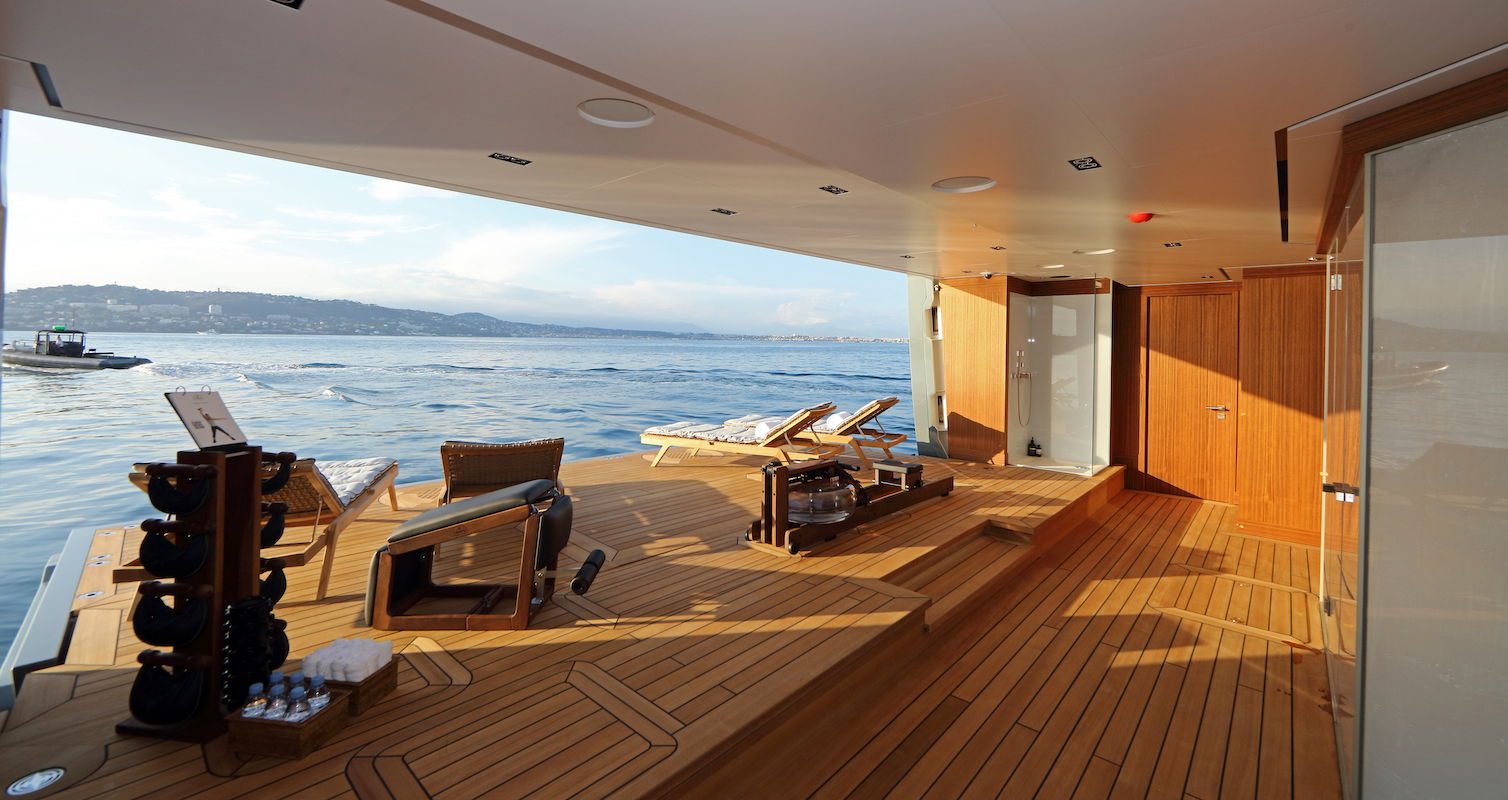
Explorer yachts must be highly seaworthy and safe in the roughest of seas, certified to sail in polar waters, have a fuel tank big enough to sail 5,000 nautical miles at 10 knots, and the ability to carry its occupants in the luxury expected of a superyacht for at least 40 days at sea. Often larger than their pleasure boat contemporaries, the main differentiation is the focus on functionality, self-sufficiency and purpose.
“Explorer yachts give you the freedom to sail anywhere,” says Jim Evans, founder and MD of SuperYachtsMonaco. “Remote corners of the world – such as Alaska, the Arctic and the Amazon – are all becoming more popular yachting destinations and, as post-Covid yachting becomes less shore-centric, we predict this will continue. [Explorer yachts] are highly technical machines with long cruising ranges and built for smooth sailing under any conditions – no matter how far the destination, rough the waters or icy the sea. From the outside, they are more rugged and powerful than a classic superyacht, but inside they are every bit as elegant and luxurious, with all the latest tenders and toys – meaning owners or guests can experience ‘the extremes’ in maximum comfort.”
Much of that functionality and self- sufficiency has been facilitated by technological advancements in recent years, which have changed all forms of transportation beyond recognition. On the road, we have semi- autonomous vehicles. In the skies, we have aircraft small enough to fold up into your pocket and, on the seas, we have vessels with more capabilities and kit than some military craft. Take, for example, the 126m explorer yacht Octopus, which took the title as the world’s largest explorer yacht when it was purpose-built for Microsoft co-founder Paul Allen in 2003. With space for two helicopters (not to mention a dedicated hangar for both), a large SUV, a dive centre with a hyperbaric chamber, seven tenders, an onboard dry dock and a 10-seat submersible that can dive for up to eight hours, “Octopus is clearly the benchmark in terms of toys, facilities, capability,” says Burgess Yachts broker Ian Sherwood. “She was built with a clear, adventurous design brief by the owner and she was created without compromise.”
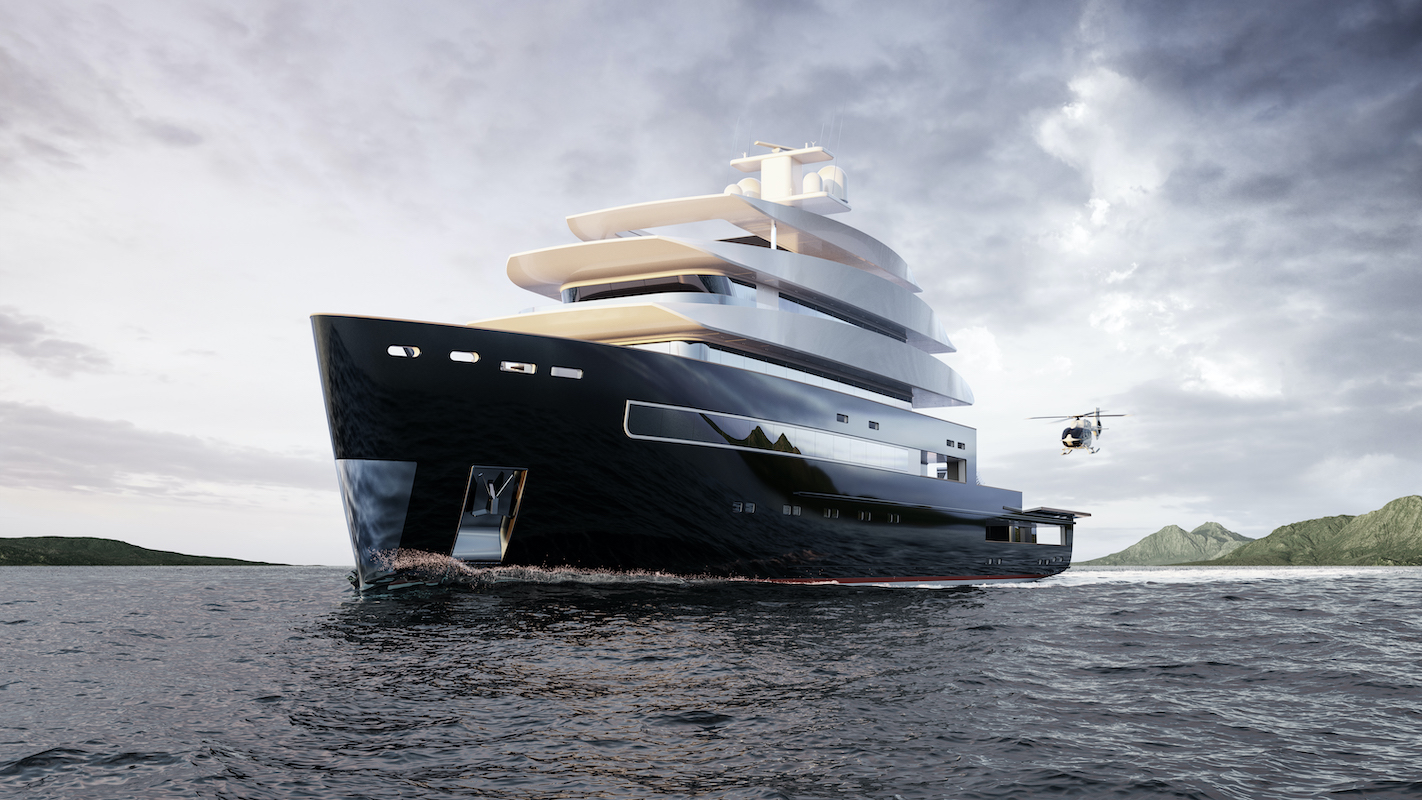
BIGGER AND BOLDER
Taking the title of not only the world’s largest yacht but also the world’s largest research vessel is REV Ocean, which measures in just short of 183m. Currently being finished and primed for her owner, Norwegian billionaire businessman Kjell Inge Røkke, REV Ocean is due to set sail for her maiden voyage in 2022.
The vessel has three swimming pools, multiple common areas, several dining rooms and observation platforms, a 35-seat auditorium, classrooms, an onboard medical facility and room for 60 scientists and 30 crew or 36 guests and 54 crew, depending on its purpose. With a range of 21,120 nautical miles, REV Ocean is capable of circumnavigating 98% of the planet in one luxurious swoop, which makes Magellan’s ill- fated 1519 expedition all the more galling.
Commissioned to tackle problems such as overfishing, climate change and plastic pollution, the ship is built to remedy some of the issues that made Røkke the billionaire he is today. “The desire [is] to use my resources for a good cause I believe in, and be part of the solution,” says the businessman, who made his fortune through fishing and offshore oil drilling.
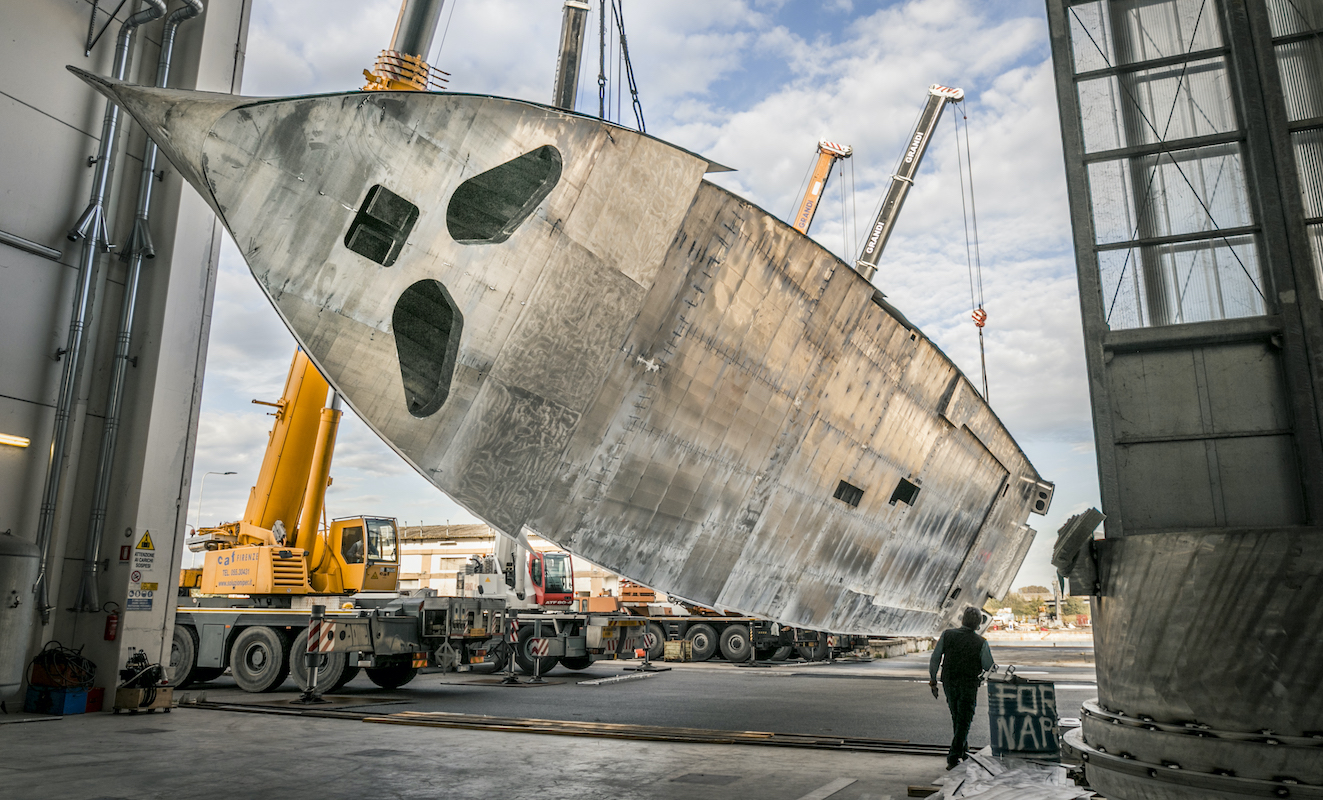
With good intentions behind the gigayacht, time will tell if such a machine can be a force for a change. Regardless, Røkke is one of only a handful of affluent yacht enthusiasts who commission ice-proof floating palaces to improve the state of the planet. Most modern-day minted explorers do so purely out of a desire to experience something beyond the reach of their peers. “We find that owners are more interested in the unique and enriching experiences that their yachts allow them to achieve,” said yacht expedition organiser Ben Lyons from EYOS Expeditions. “Luxury for these owners is defined differently – it isn’t by what restaurant you can get into at Monaco, but rather what you can do in the locations that no one else can get to.”
While expeditions have changed beyond recognition since the gritty yet pioneering days of Magellan’s ill-fated mission, the appetite to discover unchartered territory remains unchanged, albeit seemingly reserved for only the world’s wealthiest. With Oxfam reporting that the combined wealth of the 10 richest men has risen by more than $500bn since the global pandemic began, 2021 looks set to be another bumper year for both the yacht industry and the new-age explorer elite.







